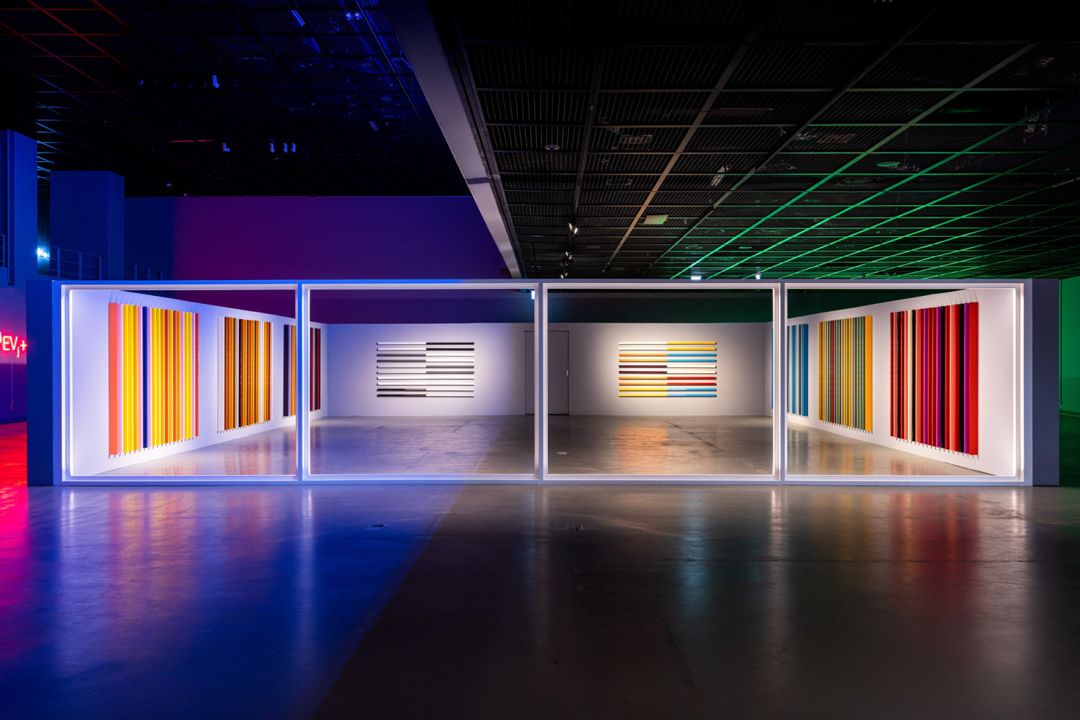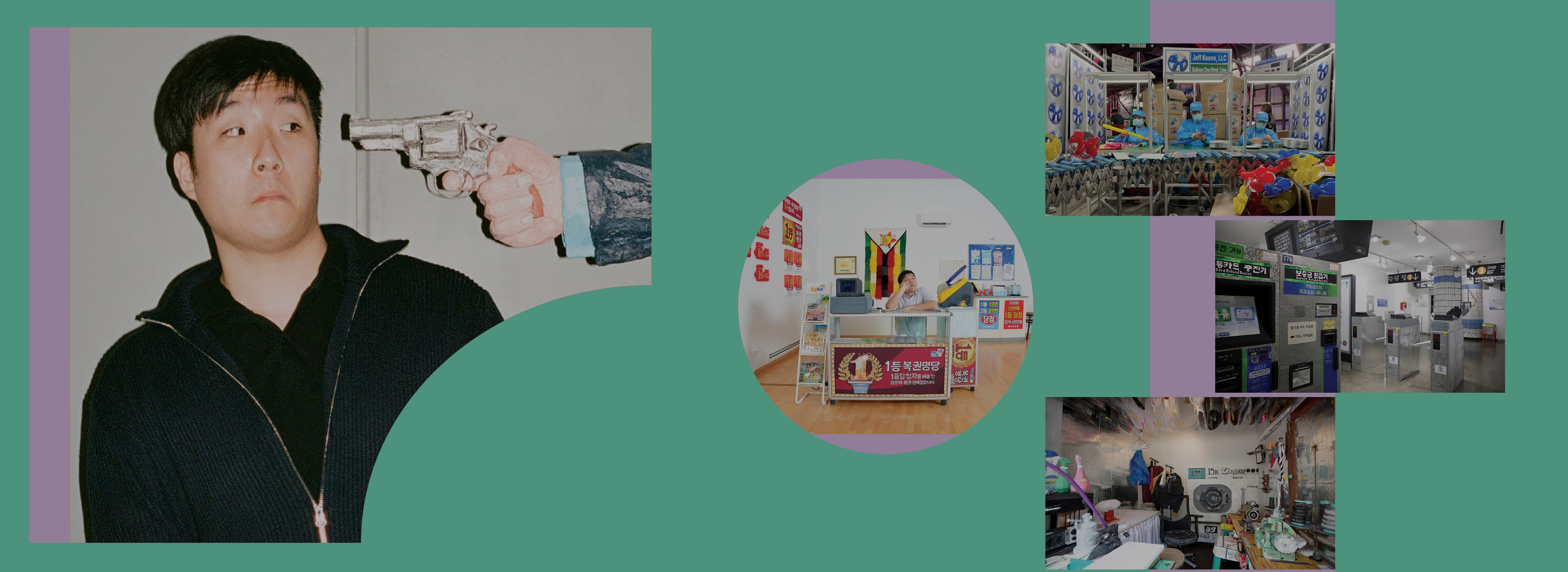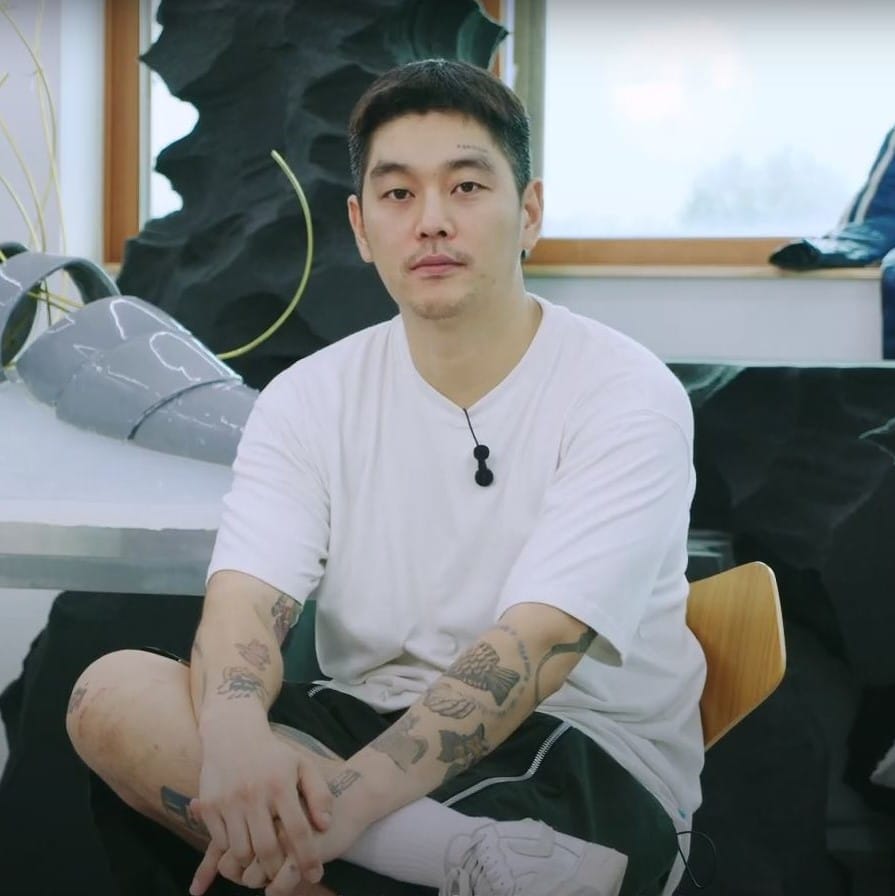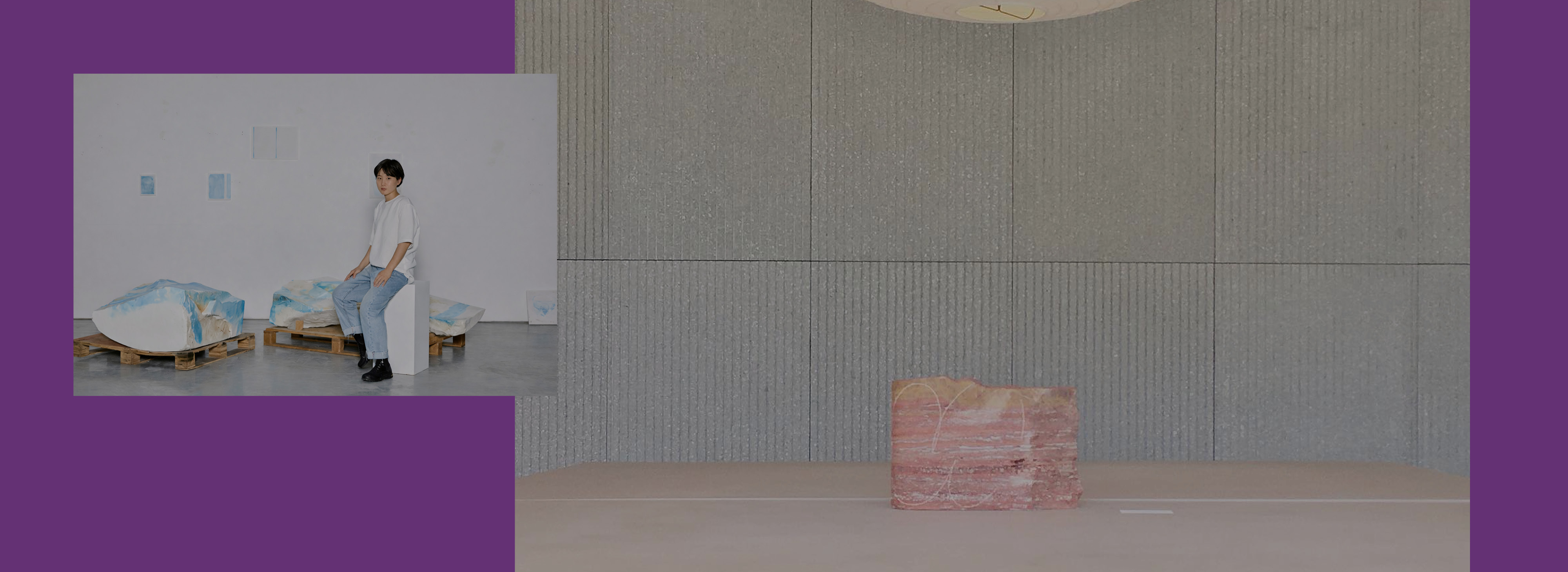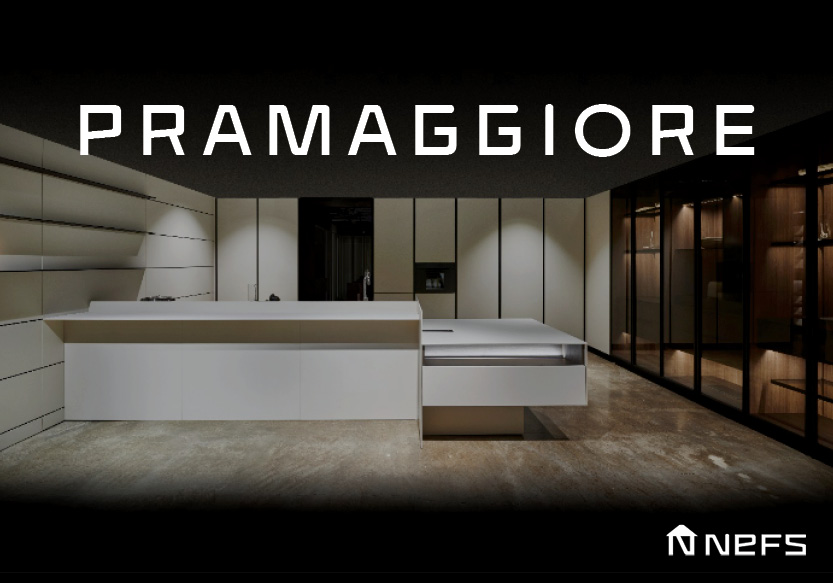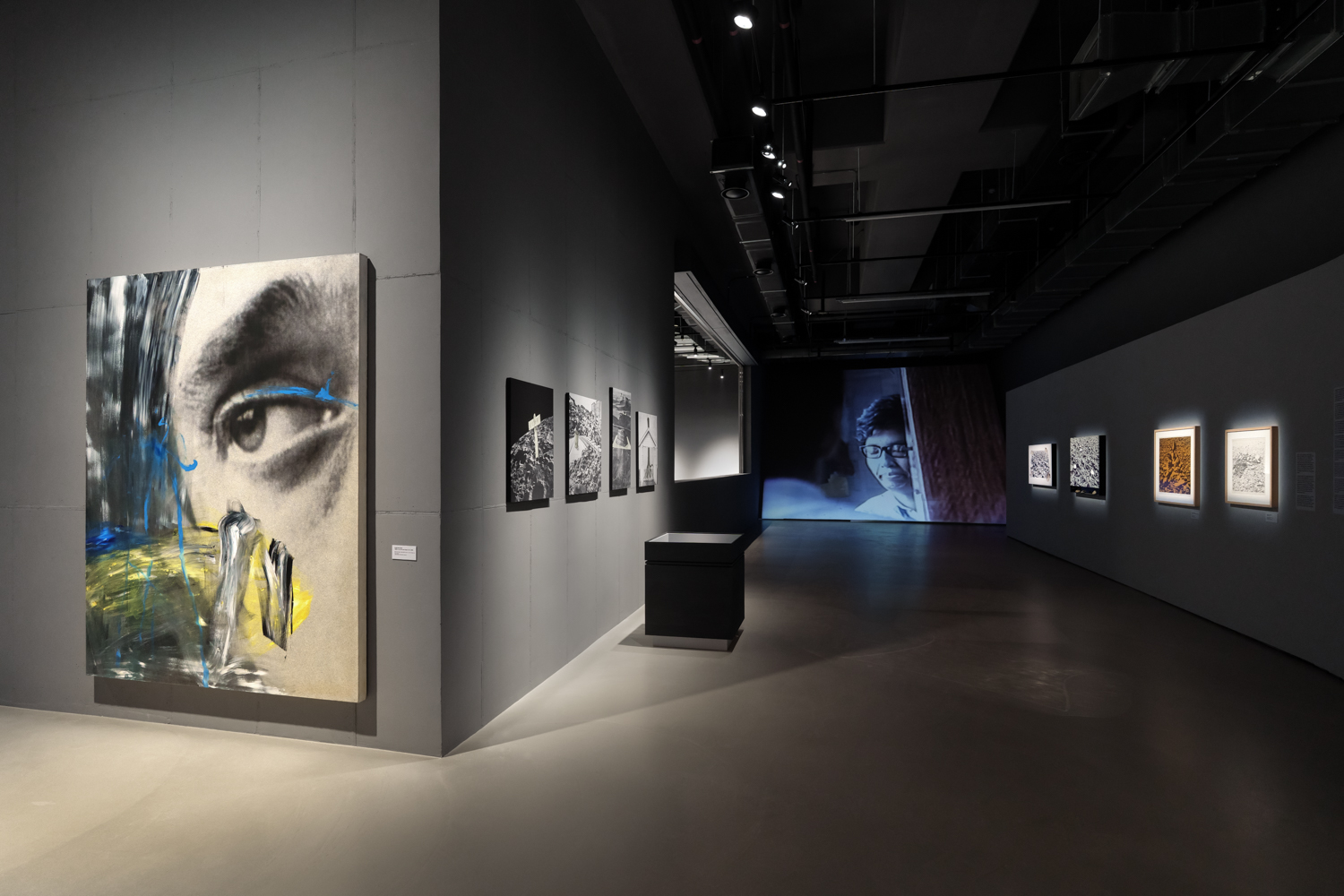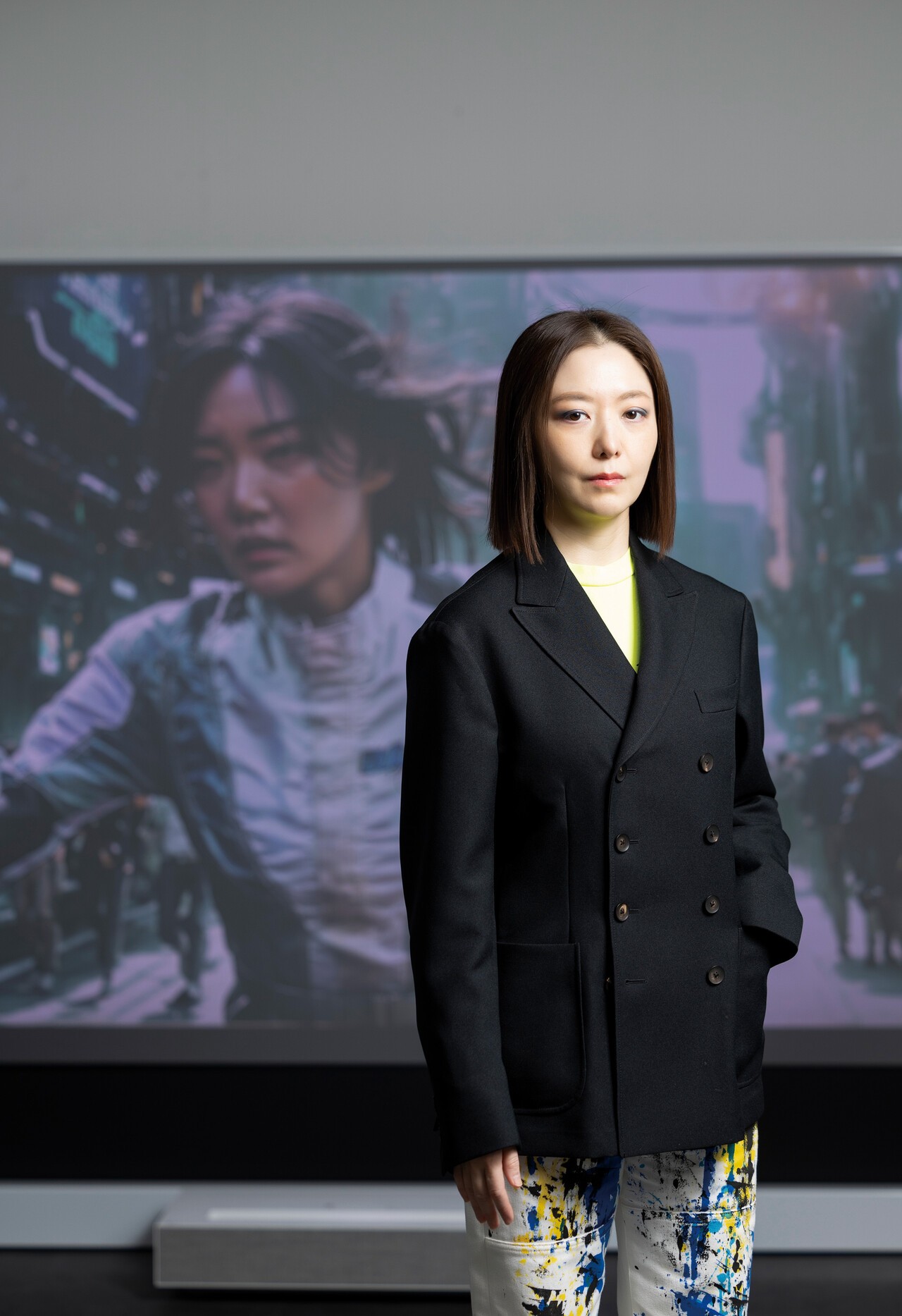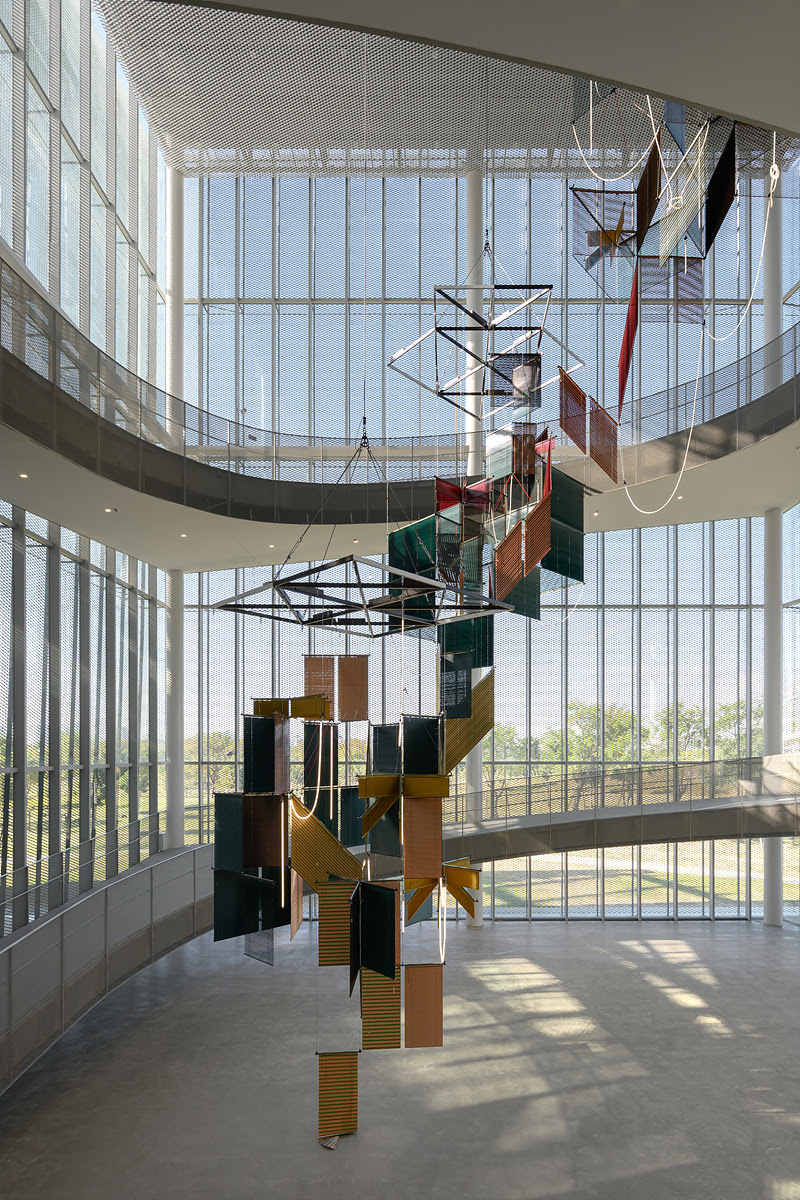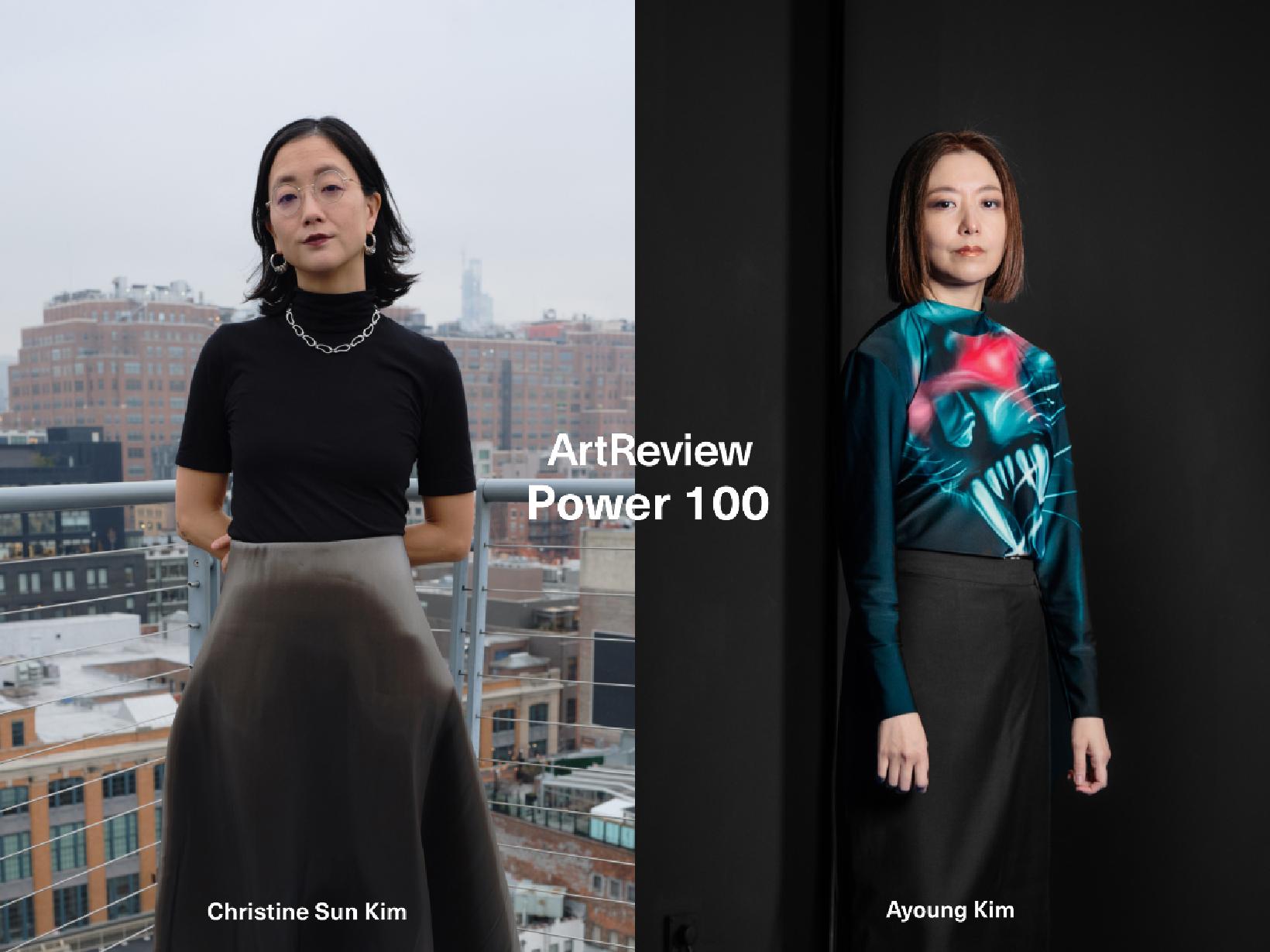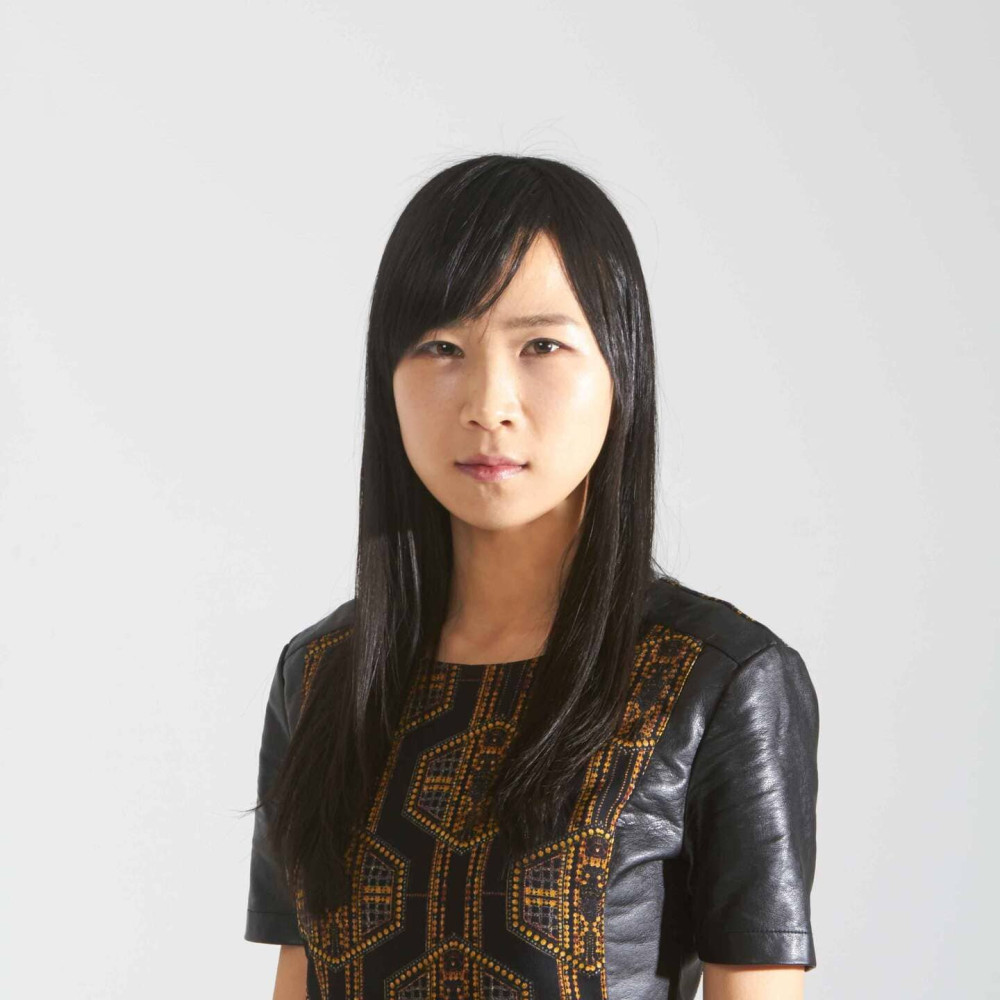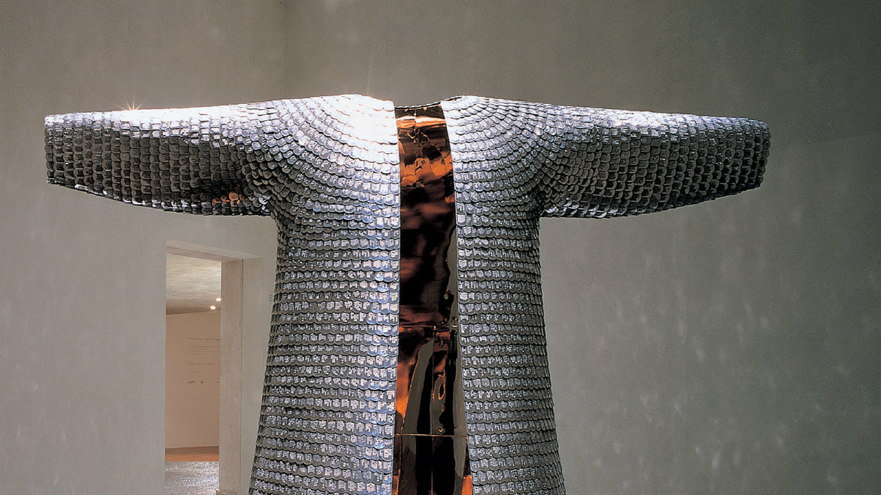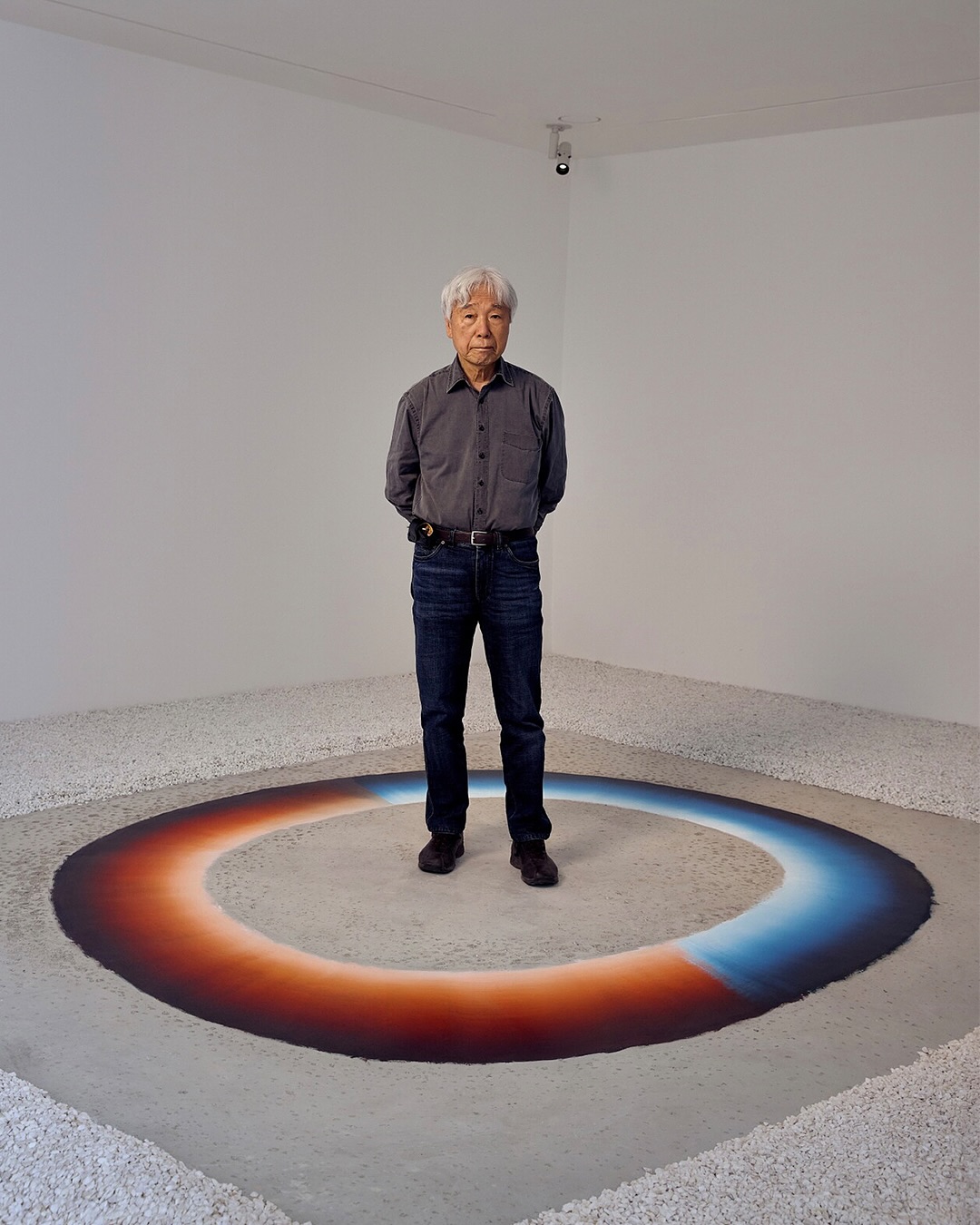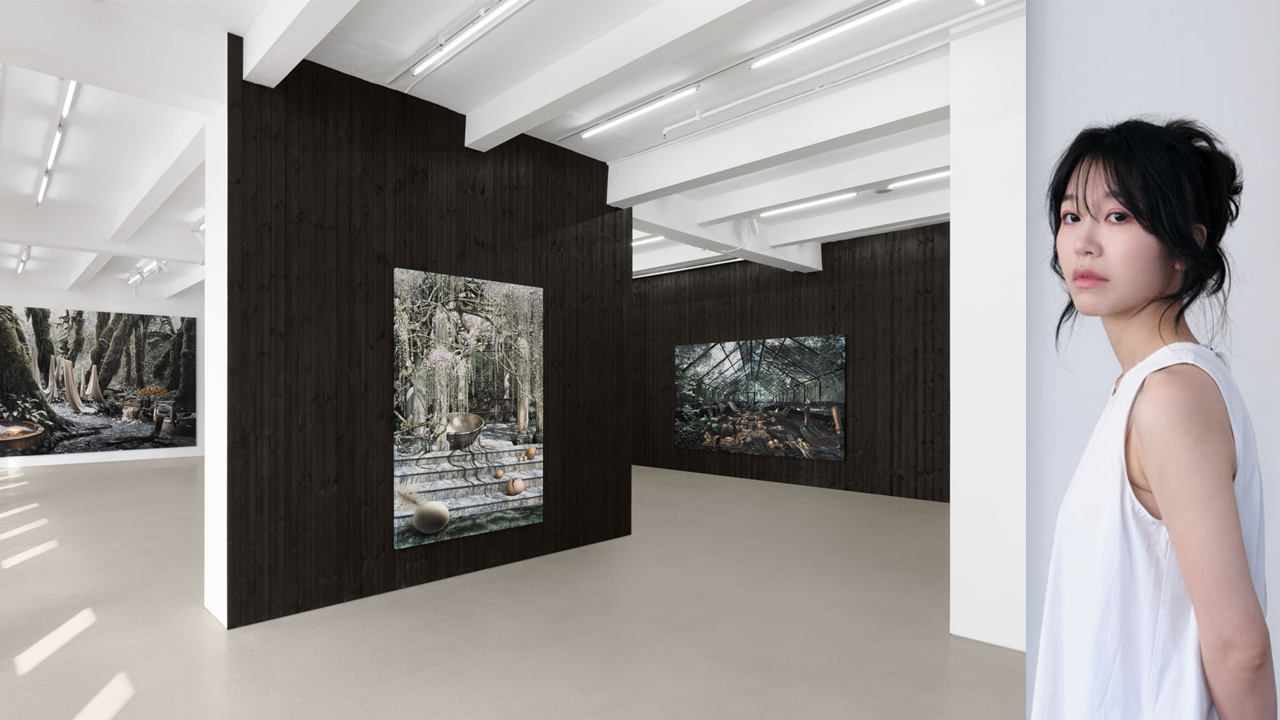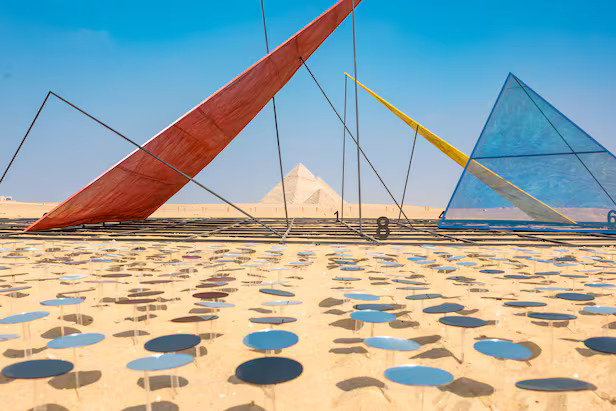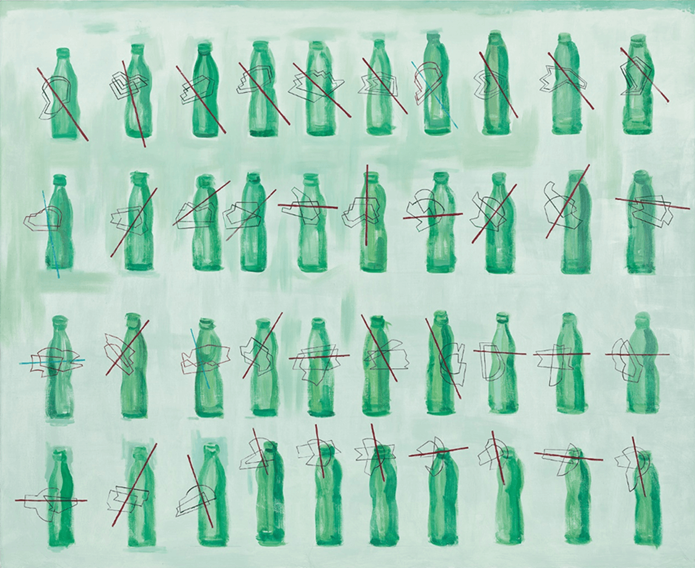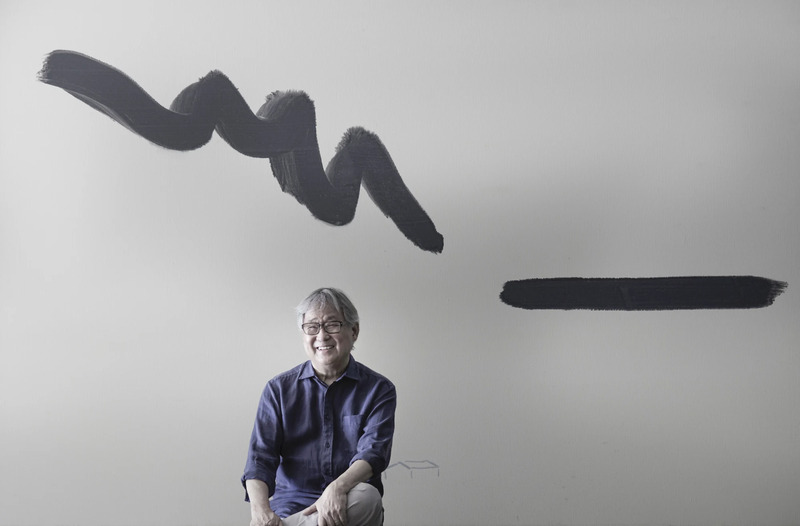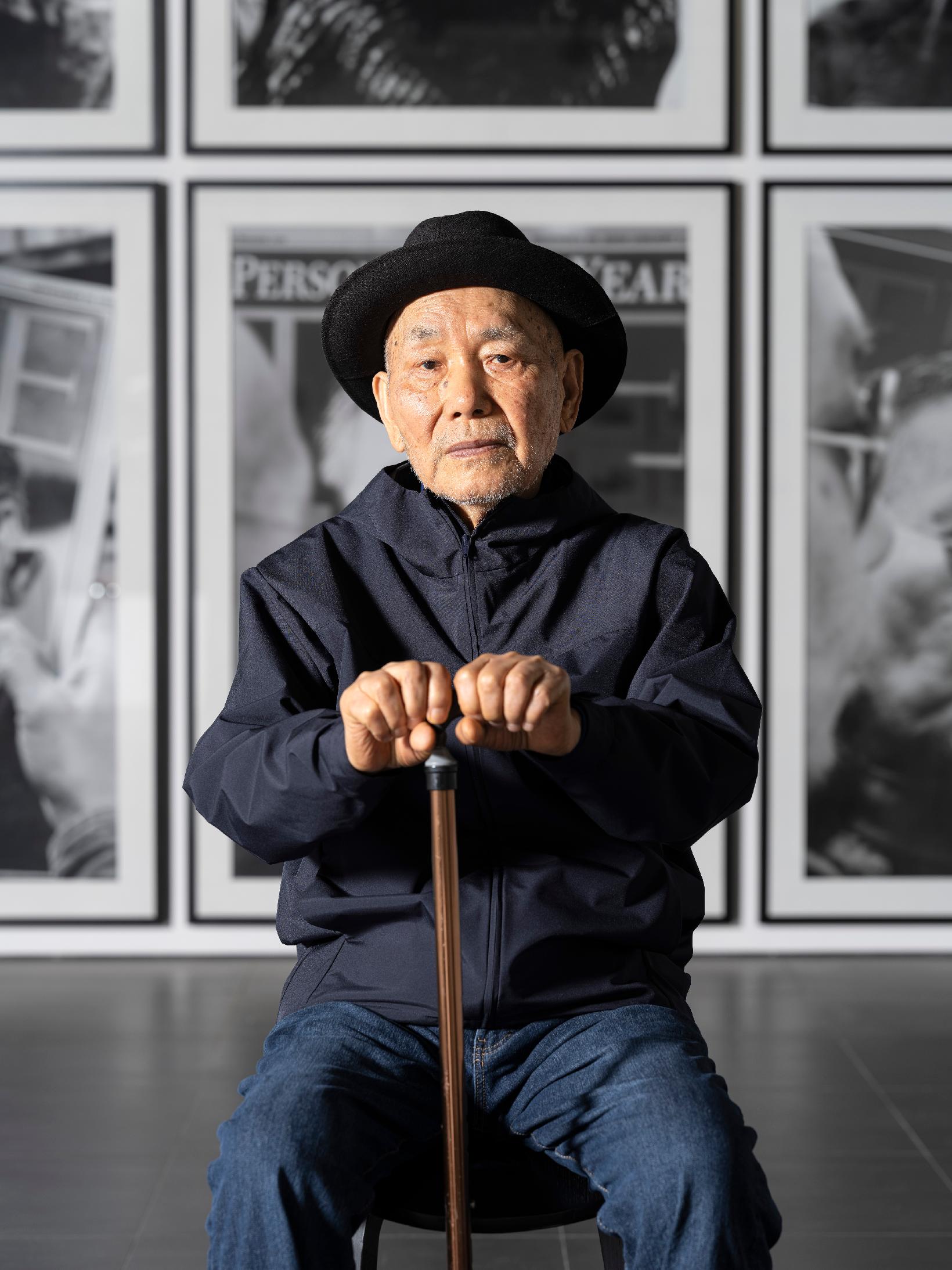 Artist Kwak Duck-Jun (1937-2025)
©Gallery Hyundai
Artist Kwak Duck-Jun (1937-2025)
©Gallery Hyundai
On July 26, pioneering first-generation
Korean experimental artist Kwak Duck-Jun passed away at the age of 88. Kwak
Duck-Jun (1937-2025) holds a pivotal position in the history of artistic
exchange between Korea and Japan. He has served as a key bridge between the two
countries’ contemporary art scenes, particularly in the development of
experimental art, while devising his distinctive artistic language.
His ‘Weight-scale’ series, created in 1970,
earned high praise from Edward F. Fry (1935–1992), curator at the Solomon R.
Guggenheim Museum, New York during his visit to Japan. Indeed, Kwak drew
attention from both Korean and Japanese scenes as one of the earliest Korean artists
to pursue conceptual art.
Since 1969, he actively participated in
cross-cultural exhibitions, fostering exchanges with fellow artists Chung
Sang-Hwa anundefinedd Park Seo-Bo. By challenging the fixity of normative
concept sand exposing the absurdities of our perception of the world, Kwak has
gained international recognition for the distinct formal quality of his works.
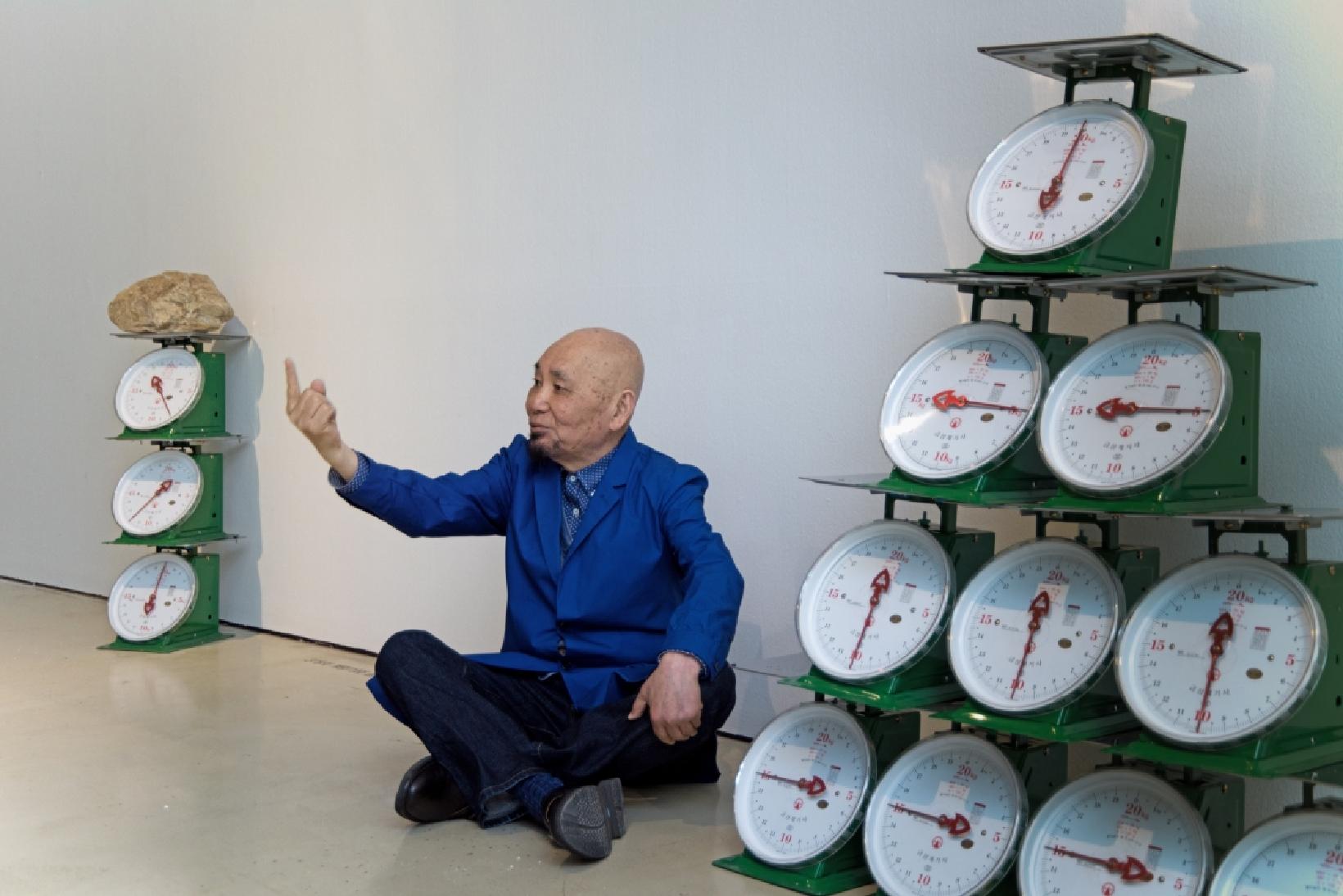
Artist Kwak Duck-Jun (1937-2025) ©Gallery Hyundai
Unbound by a single style, Kwak has
established an expansive body of work spanning painting, installation,
performance, video, photography, and printmaking, demonstrating diverse
approaches even within each field.
As seen in his artist notes, key elements
of Kwak’s work include not only his commitment to experimentation but also his
perspective on history and society as a Zainichi Korean (a Korean person
residing in Japan).
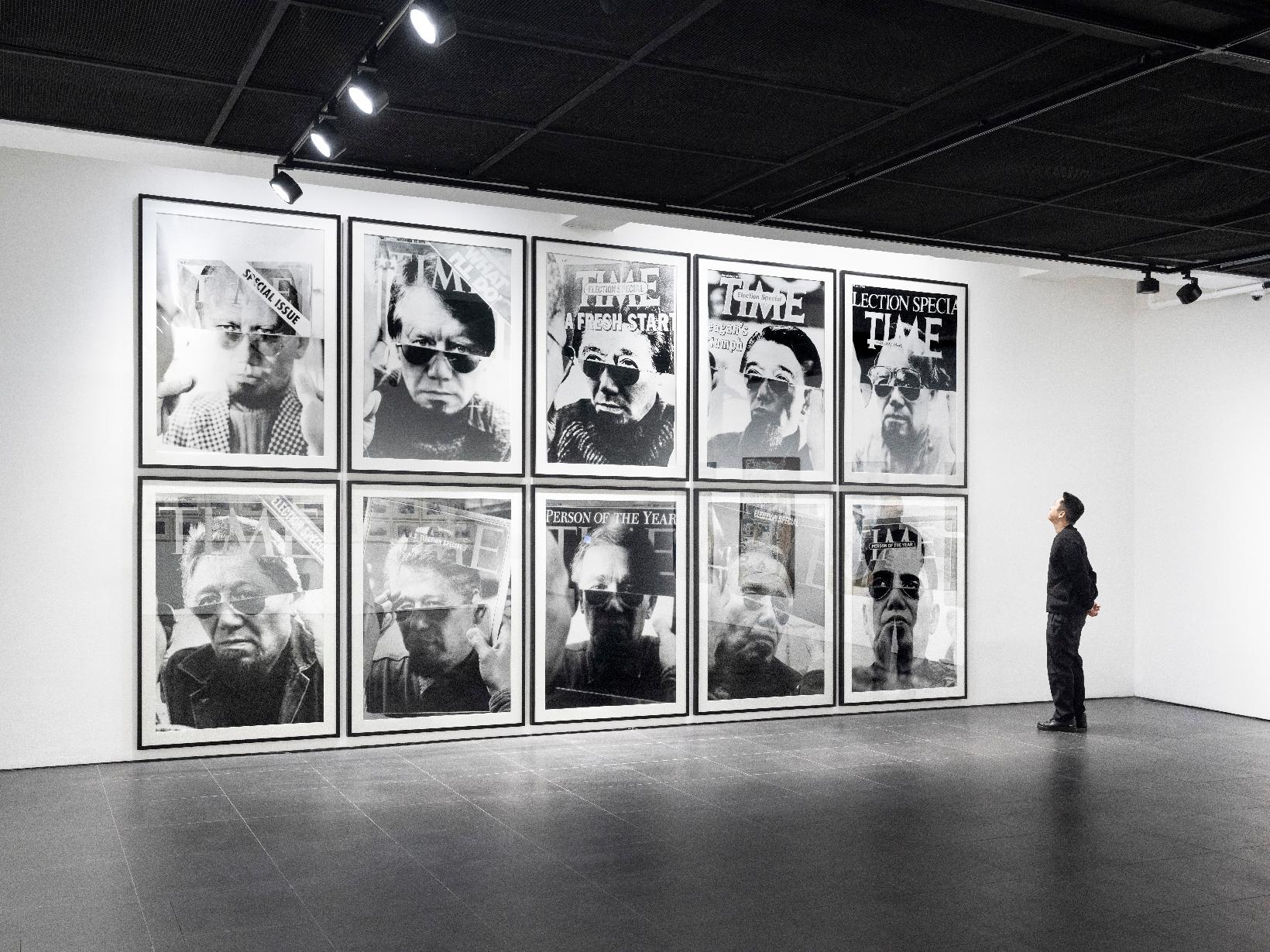 Kawk Duck-Jun,
President and Kwak series, 1974-2008,
Installation view of 《55 YEARS: A LEGACY OF MODERN &
CONTEMPORARY KOREAN ART | Part I》 (Gallery Hyundai,
2025) ©Gallery
Hyundai
Kawk Duck-Jun,
President and Kwak series, 1974-2008,
Installation view of 《55 YEARS: A LEGACY OF MODERN &
CONTEMPORARY KOREAN ART | Part I》 (Gallery Hyundai,
2025) ©Gallery
Hyundai
In 1974, he gained recognition with his ‘President
and Kwak’ series (1974–2008), a bold and provocative work in which he
juxtaposed halves of his face with those of U.S. presidents featured on the
covers of Time magazine—this series simultaneously ignited
significant controversy and attention.
The series extended over thirty years, from
President Gerald Ford to President Barack Obama, contributing to Kwak’s
reputation as an internationally recognized artist.
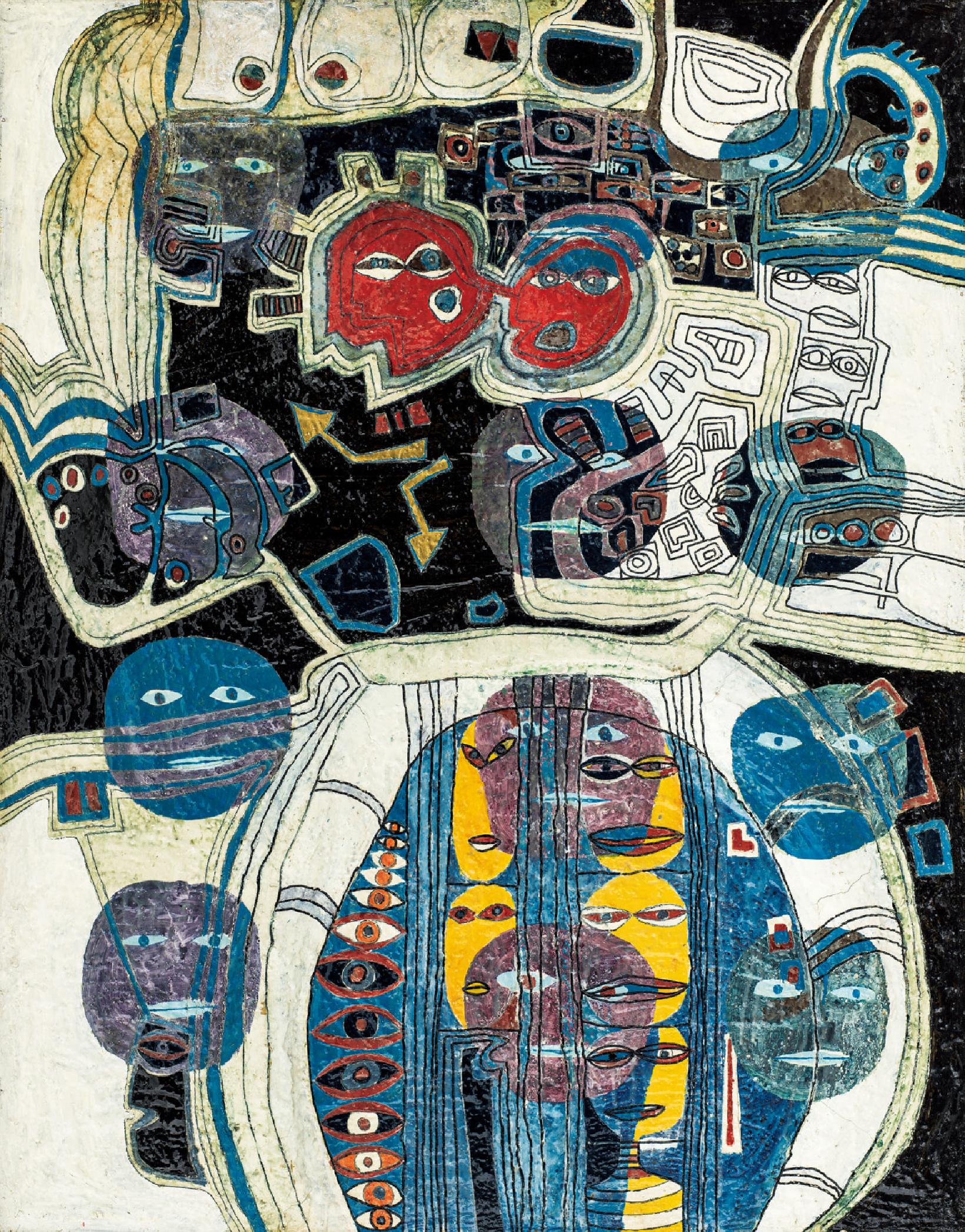 Kawk Duck-Jun, Smile
of the Hypocrite 667, 1967, plaster, shell powder, synthetic
resin, watercolor, acrylic on wood panel, 162 × 128 cm ©Gallery Hyundai
Kawk Duck-Jun, Smile
of the Hypocrite 667, 1967, plaster, shell powder, synthetic
resin, watercolor, acrylic on wood panel, 162 × 128 cm ©Gallery Hyundai
Kwak Duck-Jun consistently explored issues
concerning the relationship between society and the individual, reality and
consciousness, and the distance between media and personal thought, employing
his own brand of ironic humor and cynicism to paradoxically question the
duality of the world and expose the fictitious nature of truth.
“An alien in Korea, and an alien in Japan—caught between these two worlds, I formed my worldview, which became the foundation of my work.”
— Kwak Duck-Jun



